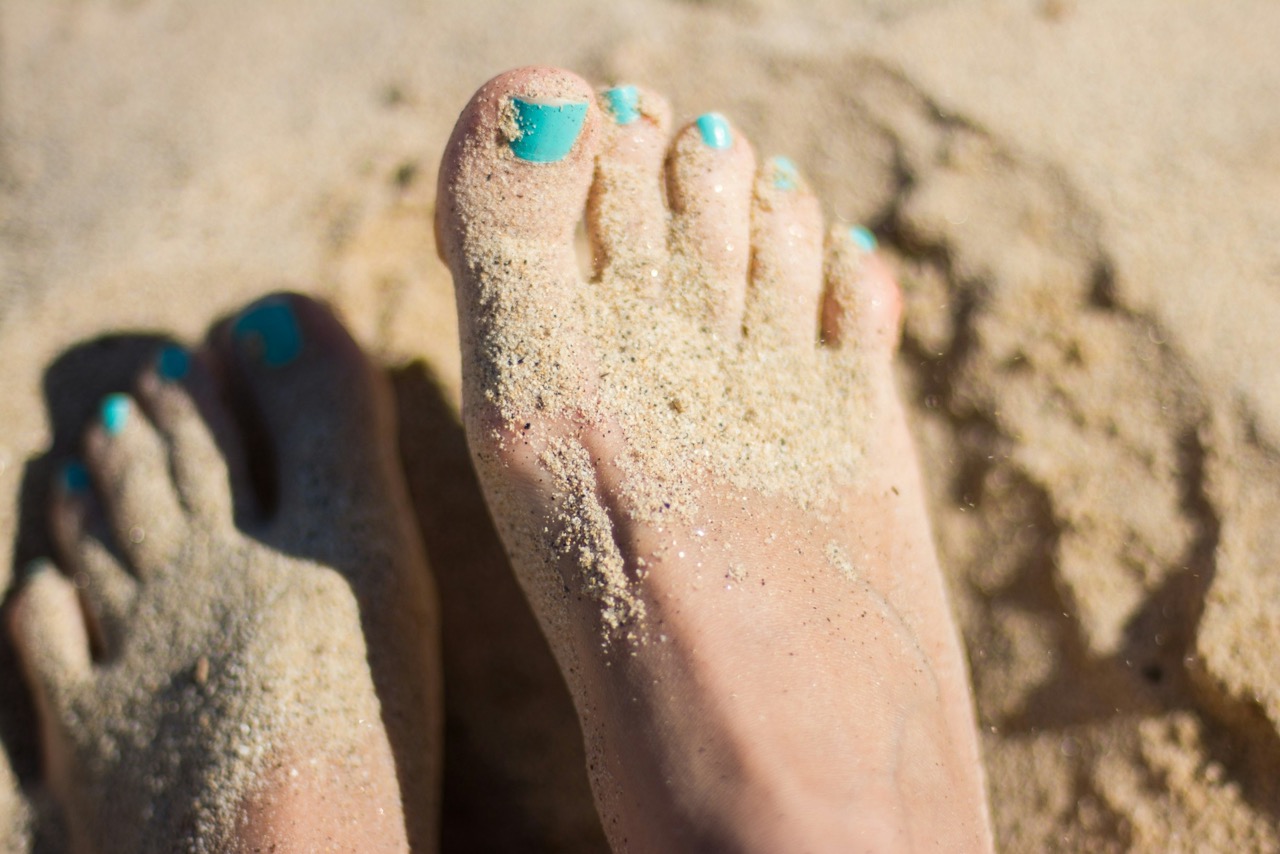What Are The Best Shoes For Triathletes?

Triathlons are grueling events that demand not only peak physical performance but also the right gear to support athletes through various stages of the race. Among the most critical pieces of equipment are shoes, which need to cater to the distinct challenges posed by running, cycling, and sometimes even open-water swimming. The best shoes for triathletes are designed to enhance performance while minimizing injury risk, making an informed choice essential for anyone serious about the sport.
Understanding the Unique Needs of Triathletes’ Footwear
Triathletes face unique challenges when it comes to footwear, primarily due to the combination of activities involved: swimming, cycling, and running. Each activity has specific requirements, but the transition between them is equally important, as athletes strive to minimize downtime. Thus, shoes must provide versatility and efficiency tailored to the triathlete’s journey from one discipline to the next.
In the swimming phase, while shoes aren’t typically worn, the transition to cycling and running requires footwear that can quickly adapt. Triathletes often need shoes that can accommodate wet feet after swimming, dry quickly, and easily slip on or off to facilitate smooth transitions. This demands a design that allows for rapid entry, often incorporating features like elastic laces or open heel designs.
Moreover, comfort and support are paramount throughout the race’s duration. A triathlete’s foot may swell during prolonged activity, necessitating shoes with adequate breathability and adjustability. The right footwear not only enhances performance but also prevents blisters, soreness, and other common injuries that can derail an athlete’s race day.
Key Features to Look for in Triathlon Shoes
When choosing triathlon shoes, several key features must be prioritized to ensure optimal performance. First and foremost, weight is a critical factor. Lightweight shoes reduce fatigue during the running leg, allowing athletes to conserve energy for the final stretch of the race. Most triathlon-specific shoes are designed with lightweight materials that do not compromise on support.
Secondly, cushioning and support are essential for absorbing impact during the running portion of the event. Look for shoes with adequate midsole cushioning that provide comfort without being overly soft, which can lead to instability. A good balance allows for energy return without sacrificing control over uneven terrain. Arch support is also an important consideration; shoes should cater to the specific arch type of the athlete to further prevent injury.
Finally, traction is crucial for ensuring stability, particularly in wet conditions. Outsoles with a rubber compound that offers good grip can help maintain footing on both the bike and during runs. Additionally, features like drainage holes in the shoe can enhance comfort by allowing water to escape, keeping the foot dry and reducing the weight of the shoe throughout the race.
Top Shoe Brands and Models Preferred by Triathletes
Several brands have established themselves as favorites among triathletes due to their commitment to performance, comfort, and durability. One such brand is Asics, known for their Gel series, which provides excellent cushioning and support. Models like the Asics Gel-Nimbus are frequently recommended for triathletes seeking a plush ride without sacrificing responsiveness.
Another leading name is Saucony, particularly their Kinvara range, which is celebrated for its lightweight design and flexibility. This model has gained traction for its smooth ride and excellent energy return, making it a reliable choice for long-distance runners in triathlons. Similarly, the Brooks Ghost series offers a blend of cushioning and durability, making it a well-rounded option for athletes transitioning from cycling to running.
Hoka One One has also made significant strides in the triathlon community with their maximalist shoes, offering unmatched cushioning and support for high-impact distances. Models like the Hoka Clifton provide a soft landing while maintaining a lightweight feel, appealing to those who prioritize comfort over long distances. Each of these brands brings unique advantages, making it essential for athletes to test various options to find their perfect fit.
Tips for Choosing the Right Shoes for Triathlon Training
Selecting the right shoes for triathlon training can be daunting, but a few strategies can simplify the process. First, it’s crucial to identify your foot type and running gait. Visiting a specialty running store for a gait analysis can offer valuable insights and help determine the appropriate level of support and stability needed in a shoe. Understanding whether you have a neutral, overpronated, or underpronated gait will ensure you select footwear that enhances your performance while minimizing injury risks.
Secondly, consider the specific distances you will be training for. Shoes designed for sprint triathlons may differ from those intended for long-distance races. Shorter races might benefit from lighter shoes that emphasize speed, while longer distances typically require more cushioning and support. It’s also advisable to have multiple pairs of shoes that can accommodate varying training intensities and distances—this strategy can help prolong the lifespan of your footwear.
Lastly, don’t underestimate the importance of trying on shoes with the socks you plan to wear during the race. This can help you assess fit and comfort accurately, ensuring that you avoid any unpleasant surprises on race day. A proper fit should feel snug without causing discomfort or pinching. Investing time in finding the right shoes is essential for not just optimizing performance, but also for enjoying the triathlon journey.
Choosing the right shoes for triathlon training can significantly impact performance and comfort. With the unique demands of the sport, athletes must consider factors like weight, cushioning, traction, and fit when selecting their footwear. By understanding their specific needs and exploring top brands and models, triathletes can make informed choices that enhance their overall experience. The right shoes can make a world of difference, helping athletes to push their limits and achieve their personal bests.




